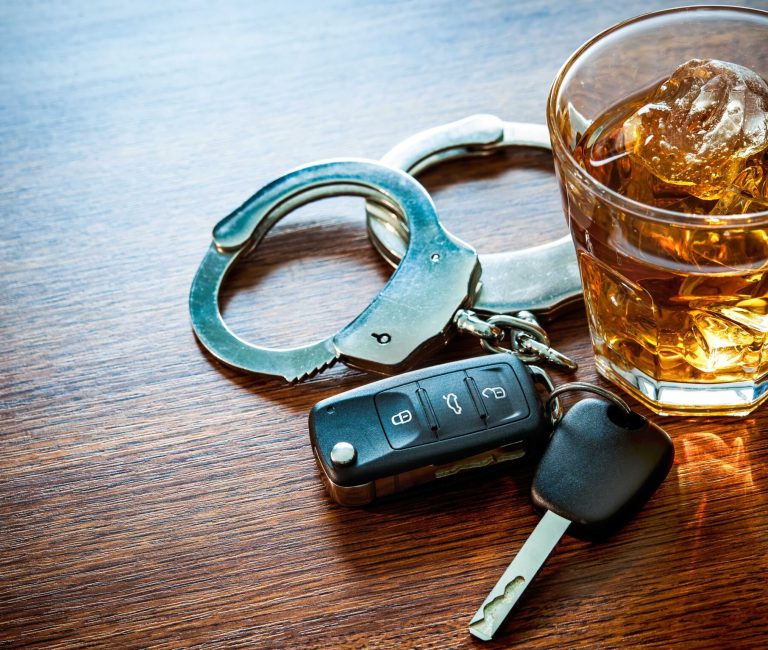Criminal Damage

Criminal damage refers to the intentional or reckless destruction or damage of property belonging to another person without lawful excuse. It’s typically classified as a criminal offence and can range in severity depending on the extent of the damage and the nature of the property involved.
In legal terms, criminal damage usually includes:
- Destroying Property: This could involve actions like burning, breaking, or otherwise ruining property.
- Damaging Property: Not necessarily destroying something, but causing harm to it (e.g., scratching a car, vandalizing a building).
- Intent or Recklessness: The person must have either intended to damage the property or been reckless as to whether their actions would cause damage.
The penalty for criminal damage can vary widely depending on the severity of the act, the value of the property damaged, and whether it was part of a larger crime (such as a burglary or riot). In some cases, it can lead to a fine or imprisonment, particularly if the damage is severe or the offender has a history of criminal behaviour.
PUBLIC ORDER
The Public Order Act 1986 is a key piece of legislation in the UK designed to regulate behaviour that causes public disturbances, unrest, or violence. It defines a range of offences that can be committed in situations where public peace and order are threatened:-
Riot (Section 1)
- A riot occurs when 12 or more people use or threaten unlawful violence for a common purpose, and the violence is such that it would cause a person of reasonable firmness present at the scene to fear for their safety.
- This is one of the most serious public order offenses and requires multiple people to be involved in the unlawful violence.
- Real-life Scenario: Imagine a large group of people gathered during a football match, and a fight breaks out. More and more individuals join in, and soon, a violent clash develops. People are throwing objects, causing widespread chaos. The police arrive, but the violence is intense, with enough people involved to cause significant danger.
- Application: This could easily qualify as a riot. The key point here is the number of people involved (12 or more), and the intensity of violence. If the violence reaches a level where bystanders fear for their safety, the charge of riot becomes relevant.
- Example: A group of protesters turning violent and attacking police officers or others in the crowd could result in a riot charge, especially if the violence becomes widespread and uncontrollable.
Violent Disorder (Section 2)
- This involves the use or threat of unlawful violence by three or more people. The violence need not reach the intensity of a riot, but it must still be enough to cause people to fear for their safety.
- It applies to situations where violence is not as widespread or intense as a riot but still poses a threat to public safety.
- Real-life Scenario: During a protest, a few people begin to get violent, pushing others and causing disturbances. While not a full-scale riot, the violence could spread as more individuals engage. The police are forced to intervene.
- Application: This situation might not meet the threshold for a riot (12+ people), but it still could qualify as violent disorder. The key is that the violence is enough to cause concern, even if it’s not as widespread as a riot.
- Example: A street fight involving a group of people, where some are punching or pushing others, but it doesn’t escalate into full-scale violence or widespread destruction. It might be categorized as violent disorder.
Affray (Section 3)
- Affray involves the use or threat of unlawful violence by one or more people, which causes others in the vicinity to fear for their safety.
riot or violent disorder, affray does not require multiple participants; a single person can be guilty if their actions cause fear in others.
- Real-life Scenario: A person in a pub gets into an argument with someone else. The argument escalates, and the person starts threatening the other individual, shouting aggressively and causing panic in the pub. Even though there are only two people involved, the situation causes everyone else to fear for their safety.
- Affray could apply here because even though it’s just one person causing the disruption, their behaviour is threatening and causes others to fear violence.
- Example: A person starts shouting insults at someone on a crowded bus, pulling out a weapon, and creating an atmosphere where other passengers feel threatened. Even if no one else is directly involved, this could lead to an affray charge.
Threatening Behaviour (Section 4)
- It’s an offence to use threatening, abusive, or insulting words or behaviour with the intent to provoke violence or cause people to fear that violence will be used.
- The threat must be directed at others, and it has to be more than just offensive speech; it has to be likely to provoke violence.
- Real-life Scenario: A person, while angry in a public setting (like a train station), starts shouting threats at a group of people, saying they are going to harm them. Although there is no physical violence, the intent to threaten others is clear.
- Application: This could be charged under Section 4. Even if no violence is used, the mere act of threatening others in a public place is enough for this offense.
- Example: Someone at a protest yells that the police should be “killed” or “attacked.” These are not idle comments but threats that could incite violence and disrupt public order.
Harassment, Alarm, or Distress (Section 5)
- A person is guilty of an offense if they use threatening, abusive, or insulting words or behaviour that is likely to cause harassment, alarm, or distress to another person.
- This is a lesser offense than Section 4 and is typically related to lower-level public disturbances, such as shouting or abusive language in public places.
- Real-life Scenario: A person shouts homophobic or racial slurs in a busy shopping street. People around them begin to feel uncomfortable or distressed. The person might not be threatening anyone directly, but their behaviour causes alarm to others.
- Application: If the language or behaviour causes harassment, alarm, or distress, then this offense under Section 5 can be applied. It doesn’t require physical violence, just behaviour that is offensive or disruptive.
- Example: A person on public transport makes offensive remarks, using racist language. Other passengers complain because it makes them feel unsafe or distressed. The individual could face a Section 5 charge.
High Success Rate
Expert Legal Services
Highly Recommend
Free Consultation
Drop Us a Line
Trust our firm to deliver the results you deserve...
Let Us Help You
As the UK’s premier defence specialists, we represent clients throughout England and North Wales with unparalleled success. Our expert solicitors possess intimate knowledge of court procedures in every jurisdiction across the nation, having built a reputation for excellence in even the most challenging venues.
Need guidance on your case? Contact us today for a free, confidential consultation and discover how our proven strategies could protect your future.
Thanks to Alex and his team I’ve managed to keep my driving licence my case was very complex but these guys fought long and hard and got me a very… read more good result. No ban and got to keep my license with no penalty points
26 June 2024
I’ve been using Alex for years, always goes above and beyond, very knowledgeable and very good at what he does, I couldn’t recommend them enough
13 September 2024
Big thank you to Aftab and his team. Incredibly professional and helped me at every step of the process. Can not recommend enough.
26 June 2024
Discover Frequently Asked Questions from Our Support
It’s the intentional or reckless destruction or damage of property belonging to another, without lawful excuse.
Yes. Even temporary harm that affects the value or use of property — like graffiti or smearing mud — can qualify.
Affray involves threatening or using unlawful violence that causes others nearby to fear for their safety. It can be committed by one person.
Violent disorder involves three or more people using or threatening violence, causing fear to bystanders. It’s more serious than affray.
Penalties range from fines for minor offences (e.g. Section 5) to up to 10 years’ imprisonment for riot. Severity depends on the offence and circumstances.




